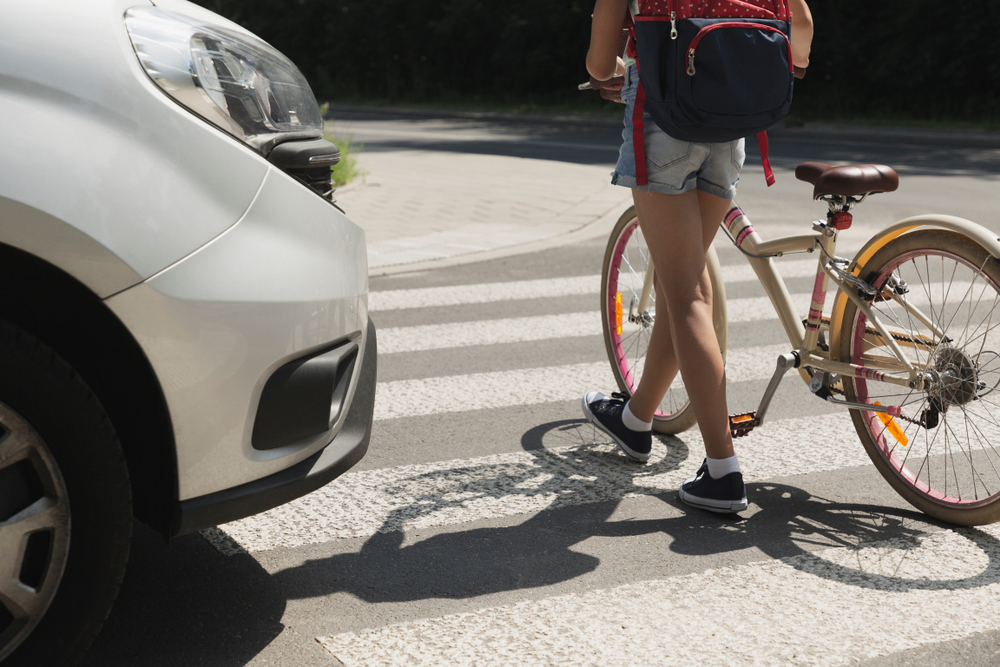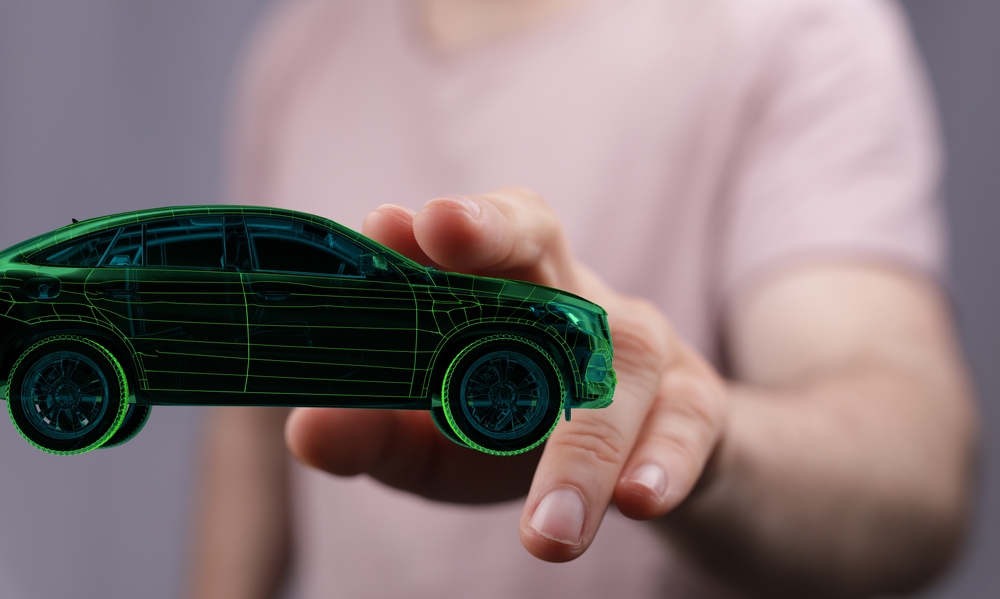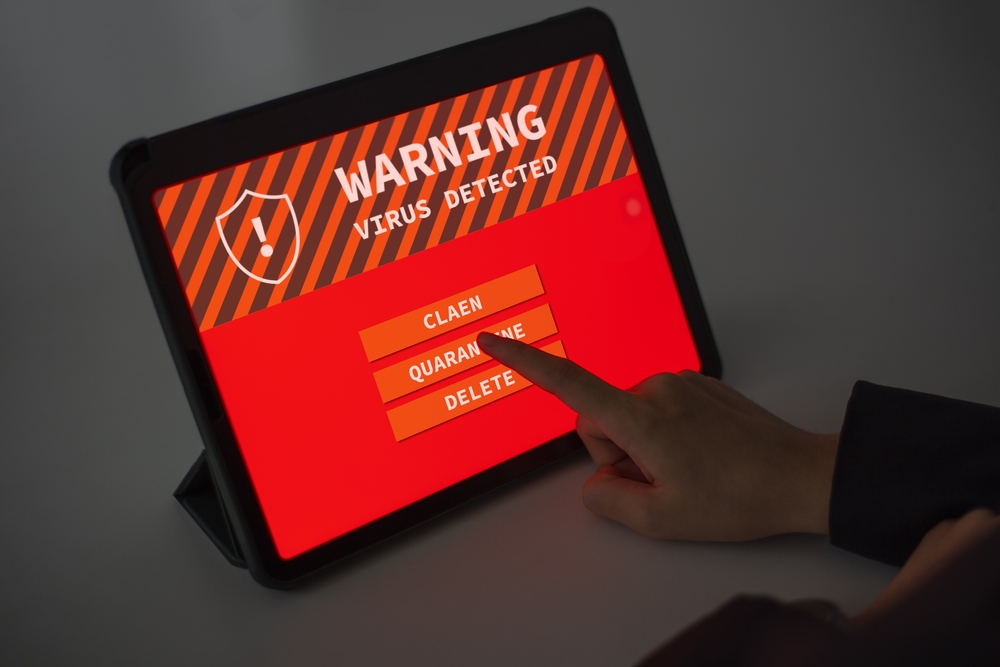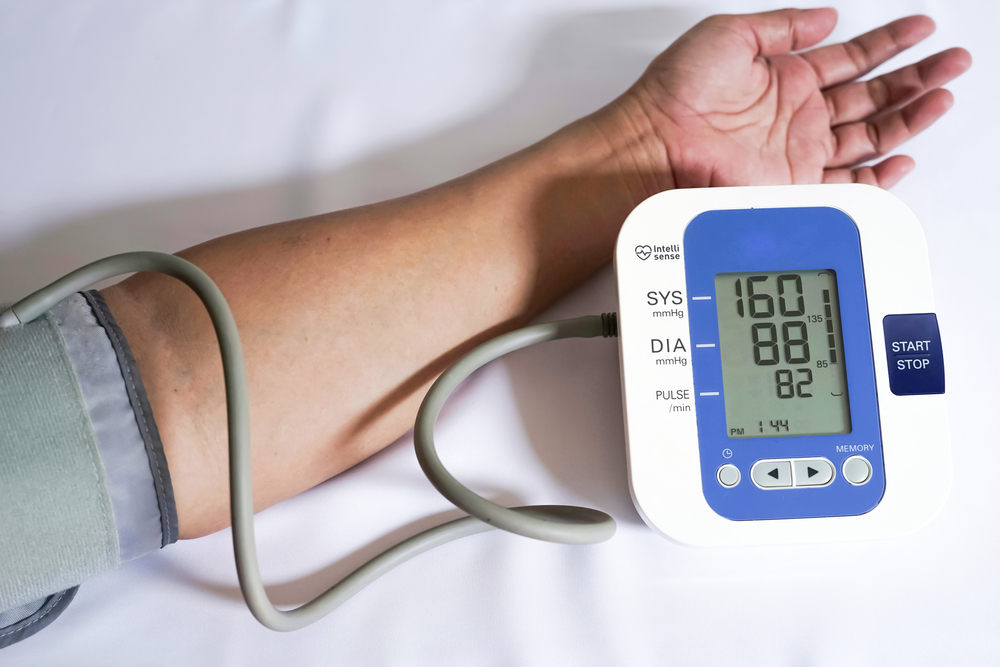According to a 2022 survey, younger drivers like convenience and entertainment when choosing a car, while baby boomers would put safety first. And that’s how car safety tech features became something really big over the last few years.
Young folks like Milnennlas and Zoomers said that their perfect car needs to have satellite radio, 5G mobile integration, an integrated GPS or navigation system, and Bluetooth connectivity. On the other hand, Boomers had other priorities.
They said they prefer their cars to be safe. That means they want all the safety features available. Maybe it’s the increasing awareness about mortality on the road or the years of experience, but what is clear is that seniors prefer modern car safety tech features.
Stay with us here on Home Tech Revolution and find out all about the best safety features a senior can have for their car.

1. Pedestrian detection
When an accident happens, it happens in the blink of an eye. Maybe while you are driving, you take your eyes off the road for one second, and when you look ahead again, a pedestrian is crossing the street. Even if you hit the brakes, it may already be too late.
The number of pedestrian fatalities has increased over the last few years at alarming rates, and because of this, there are more and more car safety tech features for detecting and avoiding pedestrians.
According to different tests, a pedestrian detection system is extremely useful since it can alert the driver about bikers and pedestrians if they do not react quickly. This system helps the car brake, and in this way, the pedestrian can be avoided. Also, by slowing the vehicle, the severity of the injuries is reduced.
2. Rearview camera
This is one of the car safety tech features that activate when you are shifting into reverse. Automobile rearview cameras provide a wider picture of the space behind your vehicle than rearview mirrors alone.
Rearview cameras are also known almost to eliminate the blind zone. According to a study led by the Insurance Institute for Highway Safety, rearview cameras reduce blind spots by 90%. They are great for parallel parking. No matter how good of a driver you are, you never know when you will face a parking lot that might seem tricky to you or a parking lot that is extremely crowded.
All in all, these cameras are much better than your mirror alone, and they will improve the safety of your car significantly. Also, if you have a stiff neck, they are amazing if you don’t want to look over your shoulder.
3. Night vision
Driving at night can be extremely dangerous. You need to have sharp reflexes, and it all depends on what you see and how quickly you see it. This can make the difference between a tragic accident and a regular, uneventful, and safe trip.
Even if you are an experienced driver, driving at night can be dangerous. And because the automotive industry is constantly growing and evolving, you can now benefit from night vision technology.
As one of the car safety tech features, a night vision camera can increase a driver’s sight at night and in poor weather conditions. This can aid by boosting situational awareness, which allows the drivers to spot various objects, animals, and people quickly, avoiding accidents.
There are two types of automotive night vision systems that you can find on the market: active and passive. The active one uses infrared light, and the passive one uses thermographic cameras.
4. Forward collision warning
Many car safety tech features help reduce the risk of accidents, and the forward collision warning is one of them. But what does this safety feature do? Well, it warns you of the hazards that are ahead, so you can brake. That means if you are very close to a car that is in front of you or a stationary object, it will alert you.
It works because there are sensors installed in the front of your car, which are usually camera- or radar-based. The warnings may be visual, vibrational, or in the form of sound. Generally, there is a mix of all these warning methods.
What you can do is always keep a safe distance while driving. Never get too close to other cars, and be aware of the traffic ahead of you. If you are alerted by the forward collision warning, be prepared to brake quickly since The system does not brake for you.
5. Lane departure warning and lane-keeping assist systems
While driving, one of the most important things you have to do is stay in your lane. And because of this, automotive manufacturers have created some car safety technology features that help you stay in your lane.
The lane-keeping assist system is designed to return you to your lane in case you drift out. This can easily happen to seniors who are visually impaired. If it happens to drift out of your lane, this system will want you. You will see the warning on your dashboard, and you will also hear a sound and feel your steering wheel or seat vibrate.
If you don’t respond to the warnings, your assistant will start to gently steer you back into your lane until you are again in the center of the lane. Remember that this feature relies on the marks on the road. That means if the road is dirty or covered in snow and the markings are not visible, the system will not work.
6. Electronic stability control
There are many car safety tech features out there, but this one is designed to keep the vehicle traveling in the intended direction. It can detect when the car is losing control using the antilock braking system sensors, and it automatically engages and adjusts for understeer or oversteer.
The primary purpose of this feature is to reduce the risk of a rollover. This is well known to be one of the most dangerous types of single-vehicle crashes. Spin-outs and plow-outs are most common when you make too abrupt and rapid turns, or when you make unexpected moves on slick roadways.
Electronic stability control is most effective when your vehicle’s anti-lock braking system is operating properly. If you have ABS issues, your ESC may not function well or at all.

7. Adaptive cruise control
Of all the car safety tech features listed, this one is great because it provides some automatic braking. The adaptive cruise control is designed to keep you safe by automatically controlling the speed of the car in order to keep a set following distance from the car ahead.
What is important to understand about this feature is how the braking system works, and by this, we mean how much the braking system can do. More advanced systems are able to brake to a stop, but the majority will only brake so much.
The way it works is simple. The system has more sensors, which include computer-connected cameras and radar. All of them combined are able to read the road and the traffic.
What you need to do is accelerate until you reach the desired speed. After that, turn on the adaptive cruise control and set it to how close you want to be to the car in front of you. Usually, you can choose from three distance gaps: short, medium, and long.
Remember that in bad weather, it is recommended not to use adaptive cruise control.
You should also read: 4 Smart iCloud Alternatives for iPhone Users You’ll Love














